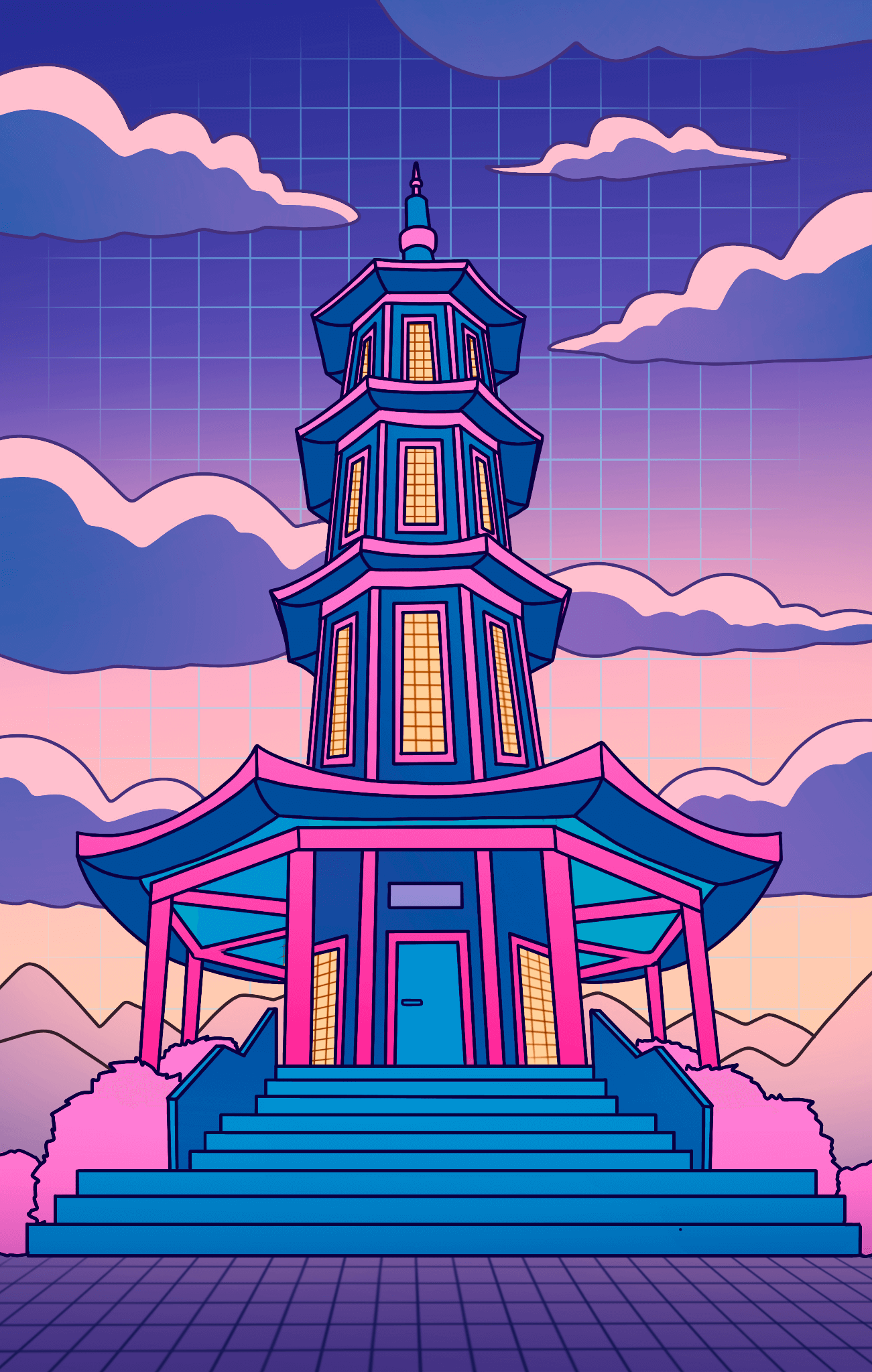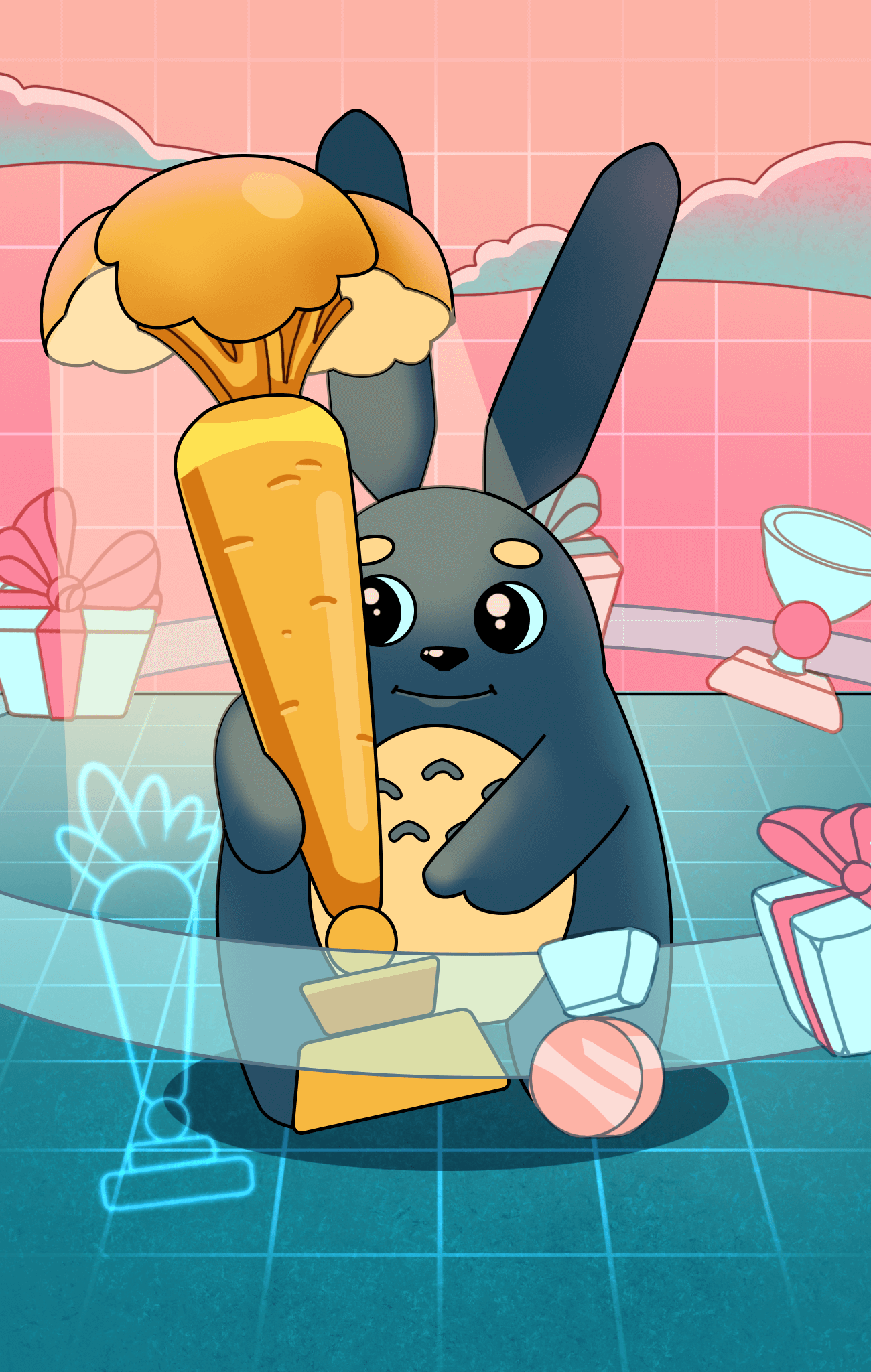
Ranks
Ranks are the narrative-oriented gamification mechanics. Their function is to provide informative feedback for the users, highlighting their in-game position compared to other players.
Ranks are relevant to the "Insignias" category. Contrary to other types of insignias, such as badges, levels, and statuses, the ranks are designed to indicate the user's in-game position compared to other players, based on the in-game imagery and setting.
Ranks are relevant to the general layer of feedback and the narrative layer in the model of gamification (see Model).
Ranks are relevant to the "Insignias" category. Contrary to other types of insignias, such as badges, levels, and statuses, the ranks are designed to indicate the user's in-game position compared to other players, based on the in-game imagery and setting.
Ranks are relevant to the general layer of feedback and the narrative layer in the model of gamification (see Model).
Categories
Strong effect
Ranks are not a mere sequence of numbers but the implications that shape users' behavior and roles. Ranks allow users to sense the overall development and become immersed in the game, where every individual has a certain role.
Weak effect
There are two major risks of the ranks. The first risk is the possibility that the user will be stuck in one position for an excessive amount of time: the longer it lasts, the less it is noticed. The second — moving up the ranks too quickly, which will demotivate the user's will for growth. Setting up a system of ranks is just as complicated as any other element; you need to take a variety of indicators into account.
Duration of the effect
A game that can be completed by reaching a certain rank is suitable for short-term objectives. When the gamification is long-term, you should set up a wide variety of development paths, with each of them associated with specific ranks, while also the system of updating and rotation.
What can I do with this?
Gain
The main goal of gamification is to further motivate the user to act in one way or another. Getting ranks is one of these motivating mechanics.
Search for
Some ranks may be hidden from users; the players must figure out for themselves how to gain them in the game.
Interact
You can spark users' interest by implementing interactive badges, for instance, by replaying or rewinding the path and obtaining extra information by interacting with previous ranks. Interactive ranks increase the time spent by users in the system and help to memorize significant information that can be transmitted through such interactive means.
Choose
Users may draft the most valuable rank themselves and carry on playing the game along the chosen rank's development path when there are several of them.
Accumulate
When ranks become valuable, then the higher the number of them users have, the higher their in-game status is. The ability to accumulate the ranks is another motivating mechanic.
Collect
Specific collections of thematically related ranks may be a part of more complex games. These collections simplify users' guidance, allowing them to instantly figure out what is expected of them in a current position while also further motivating them to act as instructed by the game.
Convert
It's better to make the ranks perceived as the means and not the goal, so their value would last longer Ranks are then collected not for the sake of being on top but rather to gain access to new in-game features.
Demonstrate
The demonstration of the ranks earned is a crucial mechanic that allows players to display their achievements for others to note.





